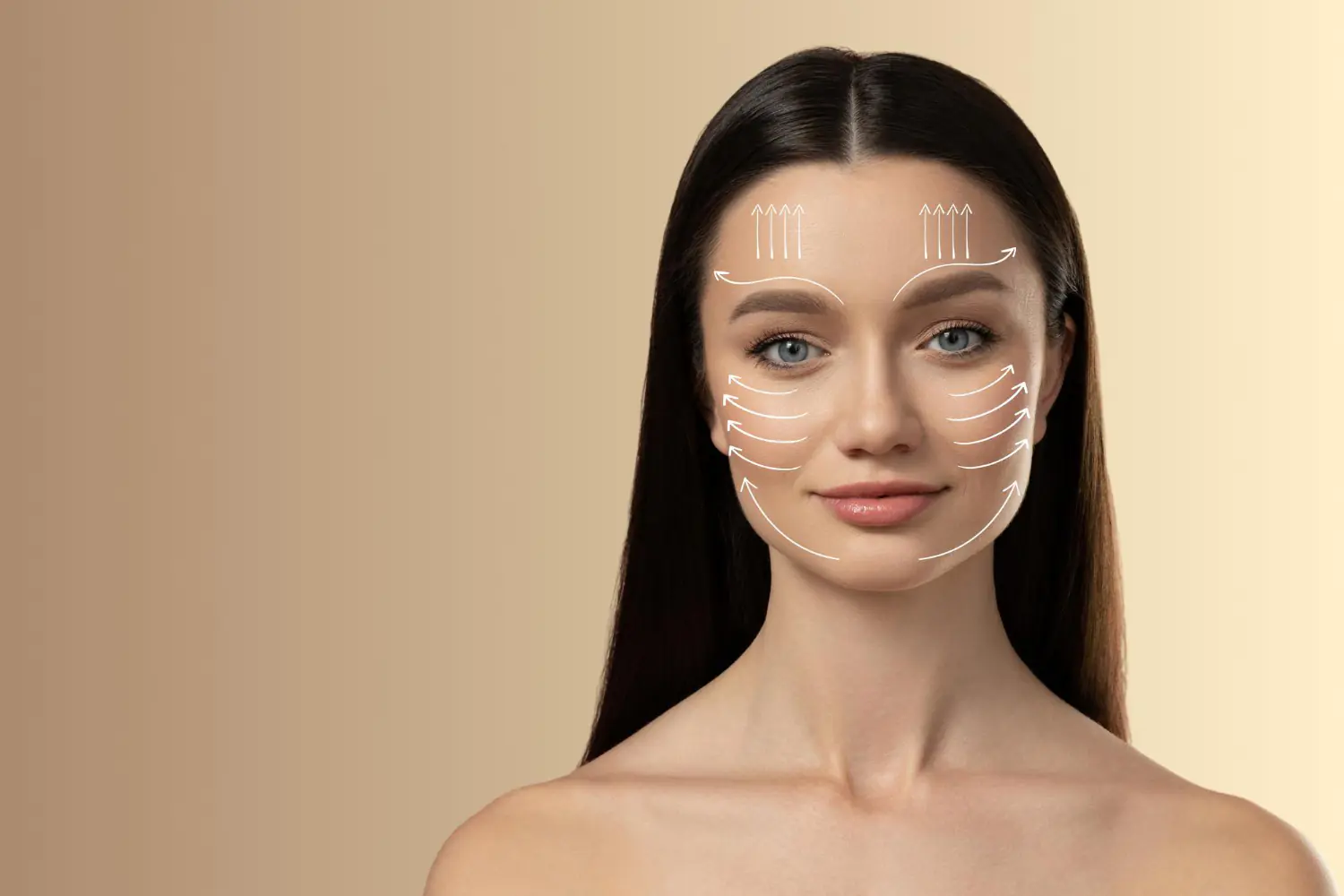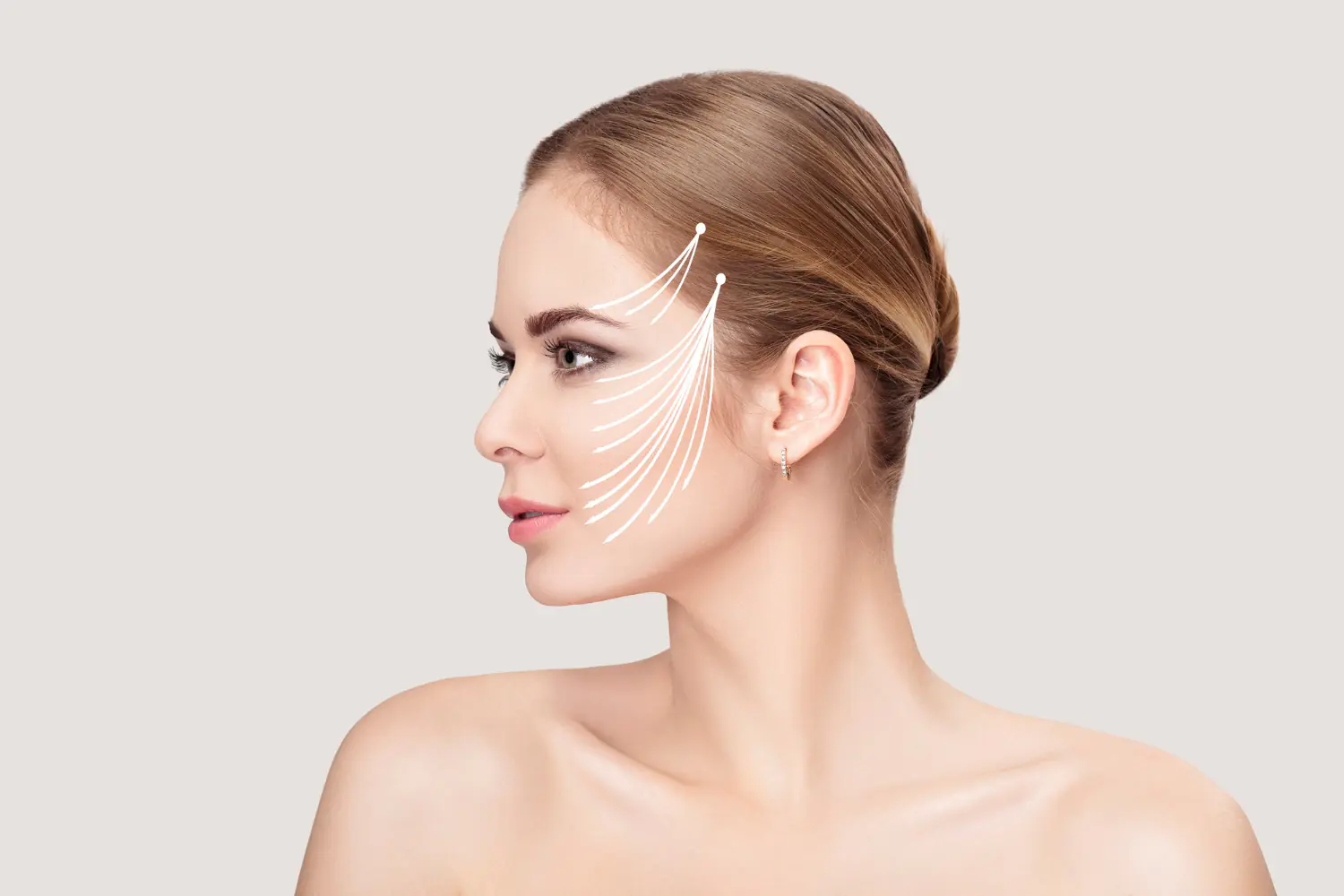Learn more about compression garments and why it’s so important for patients to wear them during their cosmetic surgery recovery.
 By plastic surgeon Dr Dirk Kremer.
By plastic surgeon Dr Dirk Kremer.
Any patient who has either undergone liposuction surgery or who is in the middle of researching and planning their cosmetic surgery has probably come across the recommended use of compression garments.
Your cosmetic surgeon will provide you with all the recovery information you need to know so that following your surgery you can give yourself the best chance to both heal safely and achieve the best results from the procedure. Using compression garments correctly following certain procedures is an important part of that recovery process.
You may not be keen to learn that compression garments are expensive and can be very uncomfortable when worn for the long periods of time that are required, so it’s worthwhile investing in a high-quality garment for improved comfort.
Patients often have questions about garments when a surgeon raises the topic, so I’d like to answer a few of the more common queries related to what they are, how they should be worn and why they are important for recovery.
What is a compression garment?
The first thing to understand is what a compression garment actually is.
A compression garment is an item of clothing made from an elastic fabric (usually lycra or latex) and cloth that fits tightly when worn. It is designed to apply a consistent pressure to the area where the procedure was carried out, and they are sized accordingly – so, if we consider a liposuction procedure that takes place on the tummy area, a patient will require a large compression garment that is worn around the midsection.
Which plastic surgeries require a compression garment?
A few of the most common plastic surgeries that require a compression garment to be worn during recovery include:
There are other surgeries where a garment may be recommended, so speak with your cosmetic surgeon if you’re unsure.
How long must a compression garment be worn following surgery?
How long the garment is worn depends on the procedure that was performed and your cosmetic surgeons’ recommendation. Most procedures will require the compression garment to be worn for a minimum of 4-6 weeks, 24 hours a day. The garment should only be removed temporarily for showers. It is worthwhile purchasing two quality garments so that there is always a spare fresh one to change into.
Why should a compression garment be worn after surgery?
There are many beneficial reasons to wear a compression garment after certain plastic surgeries.
- A garment will protect the healing incisions by acting as an extra layer and by stopping bacteria from getting to them.
- A garment will improve the circulation and minimise the risk of blood clots – one of the highest risks following surgery – while also reducing inflammation and the risk of a haemorrhage.
- A garment maintains the contour by applying pressure on the treated area, helping the body better heal into its new shape.
- A garment will, perhaps most noticeably, reduce the post-operative pain, swelling and bruising, helping the recovery process become a lot more bearable.
So, as you can see, compression garments are a very important part of the recovery process and should be worn correctly and consistently – even while you sleep!
Hopefully you now understand exactly why that is and can reap the benefits during your recovery.
Have you been considering plastic surgery? If so, don’t hesitate to get in touch to learn more about the procedures offered here at Harley Street Aesthetics in the heart of London, including my range of signature TBT cosmetic procedures. Call 0845 519 7232, e-mail info@harleystreetaesthetics.com or complete the online contact form.












